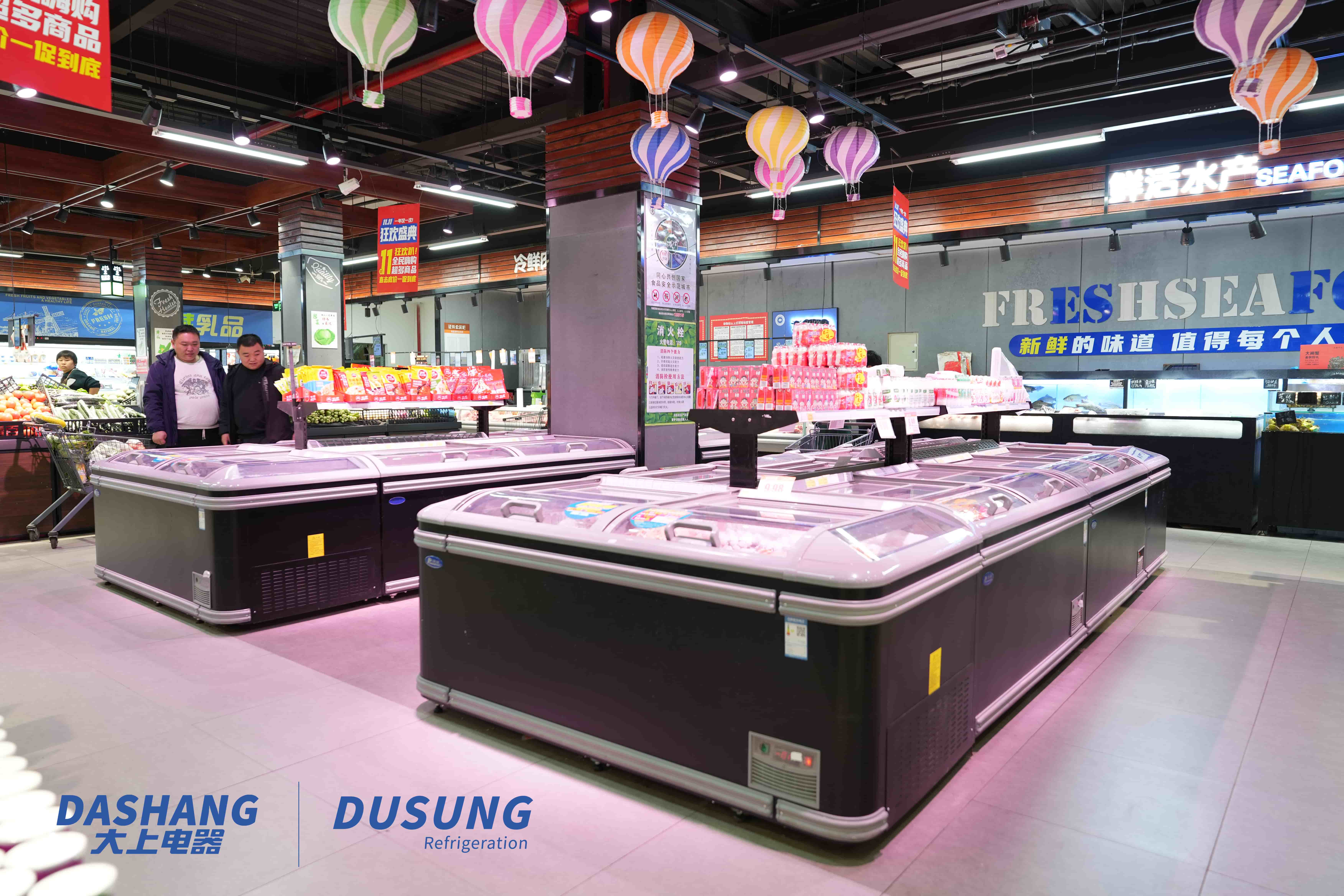In today’s fast-moving retail and food industries, maintaining product freshness and energy efficiency is essential. Plug-in coolers have emerged as a highly versatile solution for supermarkets, convenience stores, and food distributors. They combine mobility, cost-effectiveness, and ease of installation, making them an ideal choice for B2B applications seeking both performance and flexibility.
What Is a Plug-in Cooler?
A plug-in cooler is a self-contained refrigeration unit with a built-in compressor, condenser, and evaporator. Unlike remote systems, it doesn’t require complex installation or external connections—just plug it in, and it’s ready to operate.
Key Advantages:
-
Easy installation – No need for specialized technicians or complex piping systems.
-
High mobility – Can be relocated or rearranged easily for store layout changes.
-
Energy efficiency – Modern models feature eco-friendly refrigerants and smart temperature control.
-
Reduced downtime – Self-contained systems simplify maintenance and replacement.
Why Plug-in Coolers Are Ideal for B2B Use
For commercial and industrial users, plug-in coolers offer significant operational and financial benefits:
-
Flexible deployment: Suitable for temporary promotions, pop-up stores, or seasonal products.
-
Low installation cost: No need for external refrigeration systems reduces capital expenditure.
-
Scalability: Businesses can add or remove units as demand changes.
-
Reliability: Integrated components reduce the risk of leaks or performance loss.
Applications Across Industries
Plug-in coolers are widely used in:
-
Retail & Supermarkets – Beverage display, dairy, and frozen food sections.
-
Food & Beverage Manufacturing – Storage of perishable ingredients and finished products.
-
Pharmaceutical & Laboratory – Controlled temperature storage for sensitive materials.
-
Hospitality & Catering – Compact cooling solutions for hotels, cafes, and catering services.
Sustainability and Technological Development
Modern plug-in coolers are increasingly built with environmental performance in mind.
-
Natural refrigerants like R290 (propane) significantly reduce global warming potential (GWP).
-
Smart control systems monitor temperature, humidity, and energy use in real time.
-
LED lighting and high-efficiency fans minimize power consumption while improving visibility.
Conclusion
The plug-in cooler is transforming the refrigeration landscape with its combination of efficiency, simplicity, and sustainability. For B2B companies, adopting plug-in cooling systems means faster deployment, reduced operating costs, and a lower environmental footprint. As the demand for flexible, energy-efficient solutions continues to grow, plug-in coolers will remain a key technology for modern commercial refrigeration.
Frequently Asked Questions (FAQ)
1. What is the main difference between a plug-in cooler and a remote refrigeration system?
A plug-in cooler has all its components integrated inside the unit, while a remote system separates the compressor and condenser. Plug-in systems are easier to install and move.
2. Are plug-in coolers energy efficient?
Yes. Newer models use energy-saving compressors, LED lighting, and eco-friendly refrigerants to minimize power consumption.
3. Can plug-in coolers be used in industrial applications?
Absolutely. They are ideal for food manufacturing, laboratories, and logistics hubs that require localized temperature control.
4. What maintenance does a plug-in cooler require?
Routine cleaning of condensers, checking door seals, and ensuring proper ventilation will help maintain optimal performance and extend service life.
Post time: Oct-09-2025





